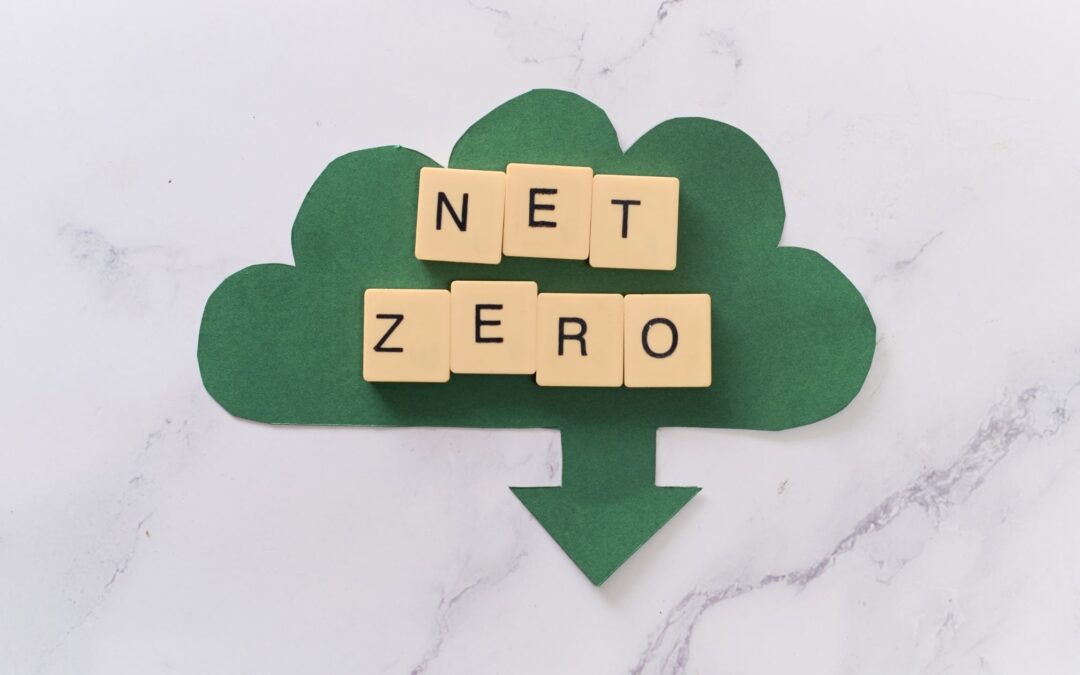As companies navigate the complexities of hybrid work, achieving net-zero emissions has become a priority for sustainability-focused organizations. The hybrid model offers unique opportunities for reducing emissions but also introduces challenges that require innovative solutions.
Understanding the Net-Zero Challenge
Net-zero emissions require companies to offset as much carbon as they produce. In the context of hybrid work, this means addressing emissions from both employee commuting and remote work energy use.
Key Emission Sources in Hybrid Work
- Commutes: Cars remain a primary mode of transportation for many employees, contributing significantly to Scope 3 emissions.
- Remote Energy Use: Heating, cooling, and powering home offices create emissions that are often overlooked in corporate calculations.
- Office Energy Inefficiencies: Hybrid workspaces that operate at partial capacity can lead to higher per-person energy consumption.
Tools to Achieve Net-Zero
Platforms like ReXCarbon™ are indispensable for companies aiming to meet EU reporting mandates while progressing toward net-zero goals. ReXCarbon™ automates data collection, tracks carbon offsets, and provides actionable insights to reduce overall emissions.
Strategies for Success
- Encourage Green Commutes: Incentivize public transport, carpooling, and cycling.
- Optimize Office Usage: Implement smart building technologies to improve energy efficiency in underutilized spaces.
- Educate Employees: Promote sustainable practices for home energy use, such as using renewable energy sources where available.
The Bigger Picture
Achieving net-zero emissions in the hybrid work era is not just about compliance—it’s about corporate leadership in the global effort against climate change. With tools like ReXCarbon™ and a commitment to sustainable practices, companies can turn hybrid work into a net positive for the environment.

